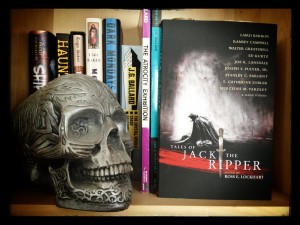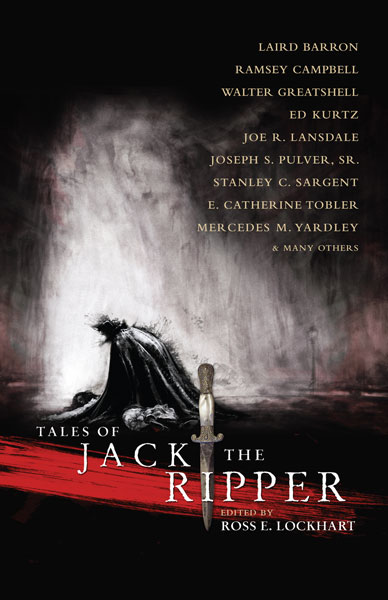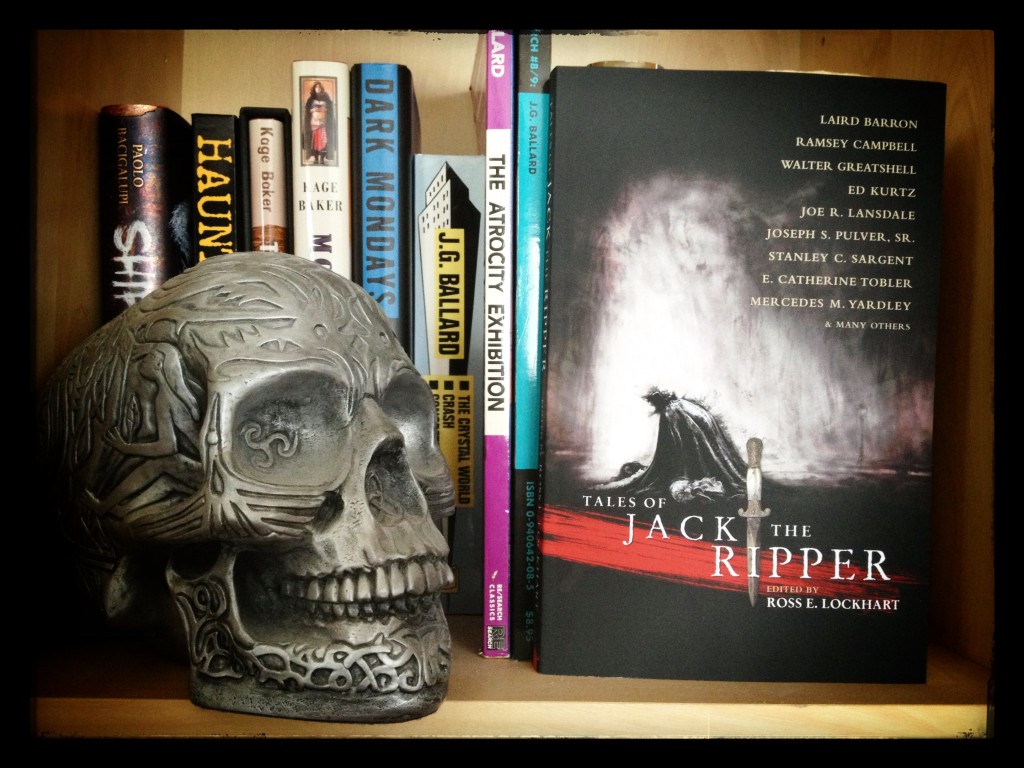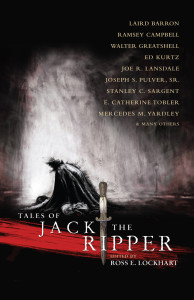The Double Event
They called her Long Liz, but she had been born Elisabeth Gustafsdotter in Torslanda, Sweden. Life was hard for Liz, by the age of twenty-two she had already been arrested for prostitution in Gothenberg, treated twice for STDs, and given birth to a stillborn daughter. In 1866, Liz moved from Sweden to London, taking a job as a servant to a “foreign gentleman.” A few years later, in March of 1869, Liz married John Stride, and until 1875 the couple ran a coffee shop on Chrisp Street in Poplar. In 1878, two steam ships, the Princess Alice and the Bywell Castle collided in the Thames, killing between six and seven hundred people. Liz would claim that the maritime disaster had taken her husband and children, and also blame the accident for the loss of several of her teeth, as she had been kicked in the mouth attempting to climb the sinking ship’s mast to safety, but records show that John Stride actually died in 1884, so many theorize that Liz’s dramatic tale may have been a plea for sympathy. Regardless,Long Liz falls into a cycle of poverty, addiction, crime, and occasional charity until late 1888.
Late on September 29, 1888, Long Liz was seen drinking with a short, mustached man in a billycock hat and mourning suit at Bricklayer’s Arms Public House on Settles Street. It was raining that night, and witnesses reported that the pair were very physical with one another, kissing and embracing. As they left the pub, an acquaintance called out to Liz, saying, “That’s Leather Apron getting ’round you,” referencing the recent murders of Mary Nichols and Annie Chapman. At midnight, Long Liz and her companion may have stopped to buy grapes from Matthew Packer’s stall. If this detail is true, Packer would have been the last person, besides her murderer, to have seen Long Liz alive.
Catherine “Kate” Eddowes was born in Wolverhampton in 1842. She was educated in charity schools and workhouses until taking up with a young pensioner named Thomas Conway at the age of twenty-one. Though the pair never married, they did have three children together, and Kate had Thomas’s initials tattooed on her left forearm. The couple split up in 1881, and Kate took up with John Kelly, a man who worked odd jobs, but had a regular gig with a fruit seller. For years, when the season would roll around, the pair would go hop picking. But like many residents of Whitechapel, the couple were often hard up for cash.
Though Kate did not have a reputation for heavy drink, the evening of September 29 found her arrested for public drunkenness. Over the course of the day she had pawned a pair of John’s boots and attempted to visit her now-married daughter in hopes of getting a little bit of charity, only to discover that the daughter had moved. When asked her name by police, Kate responded “Nothing.” Hours passed, and at 12:55 am on September 30, Kate, now sober, told her jailers that her name was Mary Ann Kelly of 6 Fashion Street, and was released. At one in the morning Kate leaves the police station by a route which would take her home by way of Mitre Square.
Shortly after one am, the body of Long Liz was discovered in Dutfield’s Yard, off Berner Street. An artery in her neck had been severed. About fifteen minutes later, Kate Eddowes’ body was discovered nearby. Her throat had been cut and her abdomen ripped open, an ear severed, her uterus and left kidney removed, her intestines pulled free and draped across her left shoulder. A piece of graffiti, chalked onto a wall near where a bloodied piece of Eddowes’ apron was found read “The Juwes are not the men who will be blamed for nothing,” sparking myriad conspiracy theories.
The next day a mob took to Whitechapel’s streets, demanding that police bring the killer to justice. On October 1, a letter signed “Jack the Ripper” would arrive at the Central News Agency, taunting the police and revealing details that had not been released to the press. The letter read, in part, “you’ll hear about Saucy Jacky’s work tomorrow double event this time number one squealed a bit couldn’t finish straight off. ha not the time to get ears for police.” A couple weeks later, on October 16, president of the Whitechapel Vigilance Commitee George Lusk would receive a small cardboard box in the mail. Inside was a human kidney preserved in wine and a letter reading (in full):
From hell.
Mr Lusk,
Sor
I send you half the Kidne I took from one woman and prasarved it for you tother piece I fried and ate it was very nise. I may send you the bloody knif that took it out if you only wate a whil longer
signed
Catch me when you can Mishter Lusk
This post is brought to you by Tales of Jack the Ripper, an anthology of seventeen stories and two poems examining the bloody legacy of the most famous serial murderer of all time. Ask for Tales of Jack the Ripper by name at a bookseller near you, or order the Saucy Jack Deluxe Pack from Word Horde.






